After leaving Pittsburgh, Lewis had his first opportunity to personally delve into the new science of paleontology—a trip to Big Bone Lick. Despite his efforts there, the only known fossil specimen to survive was found by Sgt. Patrick Gass and recorded by Lewis prior to shipment from Fort Mandan.
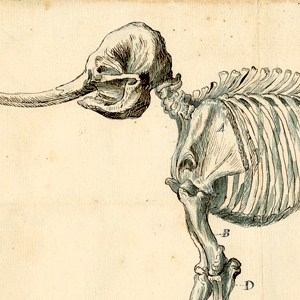

Would Lewis recognize living animals, examples of which he had seen only as bones in Philadelphia? Would the hunting parties of the corps unexpectedly find herds of mastodons, and packs of stealthy predators, or a lumbering solitary grazer previously never seen by humans?
February 24, 1803
Mastodons and megalonyxes
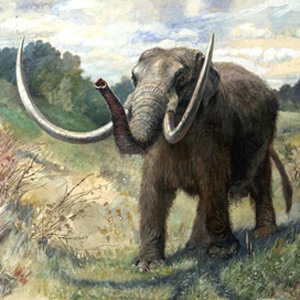

Washington, DC Jefferson announces the planned “voyage of discovery” to French naturalist Bernard Lacépède (1756–1825). He suggests that they may find mastodons and megalonyxes in fossil and living forms.
Peale’s Museum
by Charles Greifenstein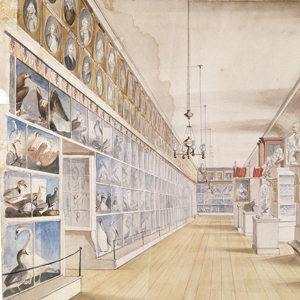

Peale’s Museum showcased the natural treasures of the new country such as mastodon fossils from Big Bone Lick and the first public display of artifacts from the Lewis and Clark Expedition.
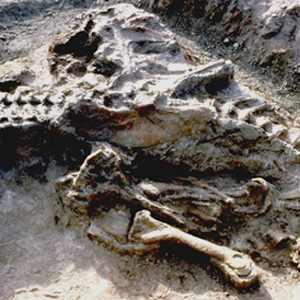

During his trips on the Marias in June 1805 and 1806, had he not been continually on the lookout for signs of those hostile Blackfeet Indians, Lewis just might have seen some fossils of marine shellfish.
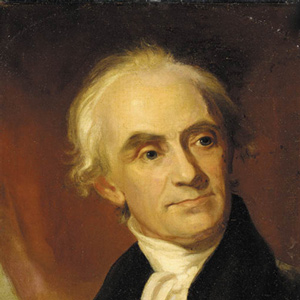

The Fort Mandan shipment of specimens was registered in the so-called “Donation Book” that was compiled for the Lewis and Clark materials received in November 1805. The entries were sequentially numbered by John Vaughan of the APS in Philadelphia.
August 6, 1804
A violent storm
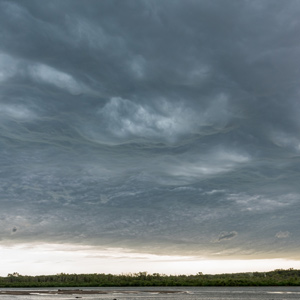

Soldier Bend Wildlife Area, IA After a violent storm during the night, the men set out early rowing 20½ miles up the Missouri. The captains decide to bring back deserter Moses Reed, dead or alive.
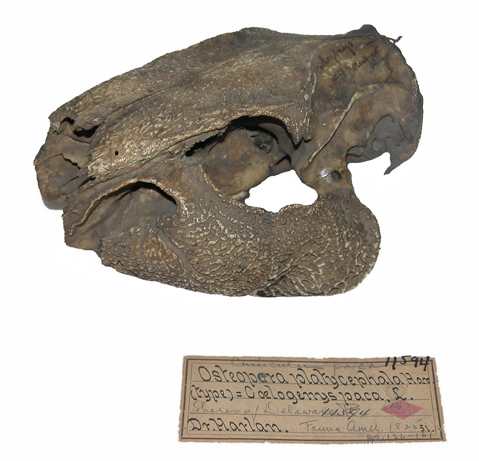

The American fauna was not made up of degenerate forms of Old World animals. And it was not beyond the realm of possibility to find those elusive mastodons and megalonyxes alive. To imagine this sort of thing must have inspired awe in Lewis.
For Meriwether Lewis, the theory of extinction was a philosophical argument, not a foregone conclusion. He might even have wondered how he would deal with a live mastodon if he came across one.
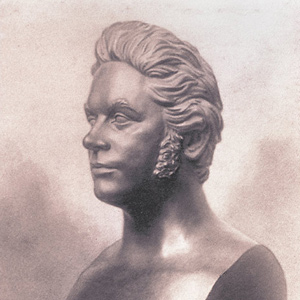

The son of a farmer and merchant in Philadelphia, Richard Harlan became a leading American figure in anatomical studies. He would become the man who named the only fossil that now survives from the Lewis and Clark expedition.
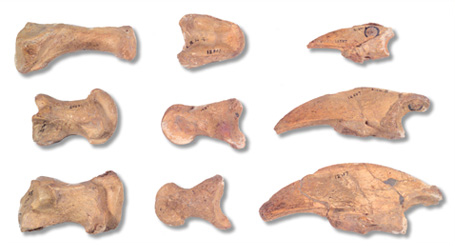

Thomas Jefferson first believed them to be from a kind of lion, which he thought might still survive in the distant wilds of western America. No doubt Lewis had held them too and would be looking for live specimens.
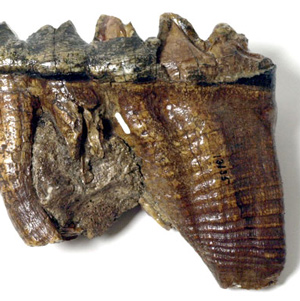

After leaving Pittsburgh, Lewis had his first two opportunities to personally delve into the new science of paleontology. One was a trip to Big Bone Lick, a natural salt lick and fossil bed more than 15,000 years old, situated in Kentucky less than 20 miles southwest of Cincinnati.
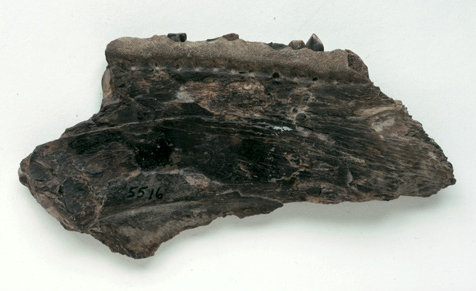

On 6 August 1804, Sgt. Patrick Gass found the one fossil known to survive from the expedition today. The data were recorded by Lewis on a tag that accompanied the so-called Fort Mandan shipment, the first batch of specimens to be sent back East from Fort Mandan, in 1805.
